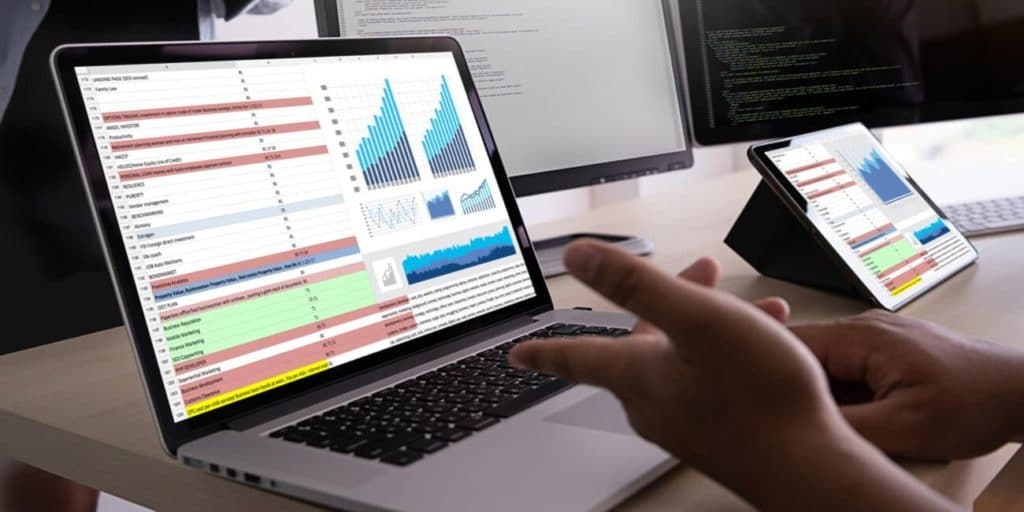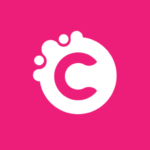Your business website is an important asset. Understanding the wealth of data that is available from your website can help you understand your customers and prioritise marketing activities to maximise the return, vital when budgets are tight.
Here we look at some key metrics and why they are important to track.

1. USERS
Users are people that visit your website. Our analytics categorises users into two categories: new and returning. New users are visitors who have never visited your site, and returning users are visitors who have visited your site before.
Our analytics uses cookies to distinguish user data. It’s important to keep in mind how users are tracked because the data is not 100% accurate. If a user uses separate devices or browsers to visit a site, deletes or blocks cookies or uses Incognito or Private browsing, the user is counted as separate users.
We also provide invaluable additional information about users including new users, locations, gender, conversion rates, etc. Knowing your visitors in this way can help you create buyer profiles for your potential customers and target them appropriately.
2. SESSIONS
Our analytics defines sessions as “a group of user interactions with your website that take place within a given time frame.”
A session begins when a user enters your website and ends after 30 minutes of inactivity, at midnight, or if the user enters the site through one campaign, leaves, and comes back through another campaign.
Sessions are different from users because one user could trigger numerous sessions. They are helpful to track when examining changes to session count and sessions per source to evaluate how effective your campaigns are.

3. PAGES PER SESSION
Pages per session are the number of pages a user views during a session. If you see an increase in pages per session, this could mean your users are more engaged with your content because they are navigating to more pages throughout your site.
As you create and evaluate your site’s page strategies, it is important to make sure that every page offers pathways for users to navigate elsewhere on the site. Think of your website as a guide to help users get to the information they need, increasing trust and credibility, and driving conversions.
4. DEVICES
The Devices metric in Google Analytics highlights how many users visit your website on desktop, mobile, and tablet devices.
While both mobile and desktop website experiences are important to evaluate, the devices metric is important because it can help you determine whether to focus your efforts on a particular experience. For example, you may want to invest time and resources into optimizing your website’s desktop experience, but it turns out that most of our site traffic is on mobile devices or vice versa.

5. SOURCE & CHANNELS
The source refers to where traffic to your website comes from. It may be from a search engine, or direct, where the user goes directly to the URL by typing it out or selecting it from a bookmark. It could also be driven through marketing activity.
The Channels metric breaks down your website’s traffic sources into Organic Search, Paid Search, Social Media, Email, Direct, etc.
These acquisition metrics are important to track because they will give you insight into where your site traffic is coming from and how effective your campaigns are
6. PAGEVIEWS & UNIQUE PAGEVIEWS
Our analytics provides detailed information on pageviews. The pageviews metric refers to the total number of views per page. Pageviews are also counted if a page is viewed by the same user more than once.
On the other hand, the unique pageviews metric takes into account how many times a page is viewed within a certain session. This means, if a user goes to the same page more than once in a single session, our analytics would track the unique pageview as one.

7. AVERAGE TIME ON PAGE
The average time on page is the average amount of time a user spends on a single page. By looking at the average time a user spends on a page, you can gauge how engaged the user is with the content. For example, users typically spend more time on blog article pages.
If there are certain pages that you want users to be more engaged on, but the pages have a low average time on page, there may be opportunities to increase engagement such as by including multimedia content, such as images and videos.
8. BOUNCE RATE
A bounce is defined as “a single-page session on your site.” If a user visits your website, does not interact with the site, and then leaves, they do not trigger any additional requests to the analytics server and are considered a bounce. The bounce rate is the percentage of all sessions on your site that bounced.
What is considered a good or bad bounce rate depends on the page. If the page is intended to drive traffic to other parts of the site, then a high bounce rate could indicate there’s an opportunity for improvement.

